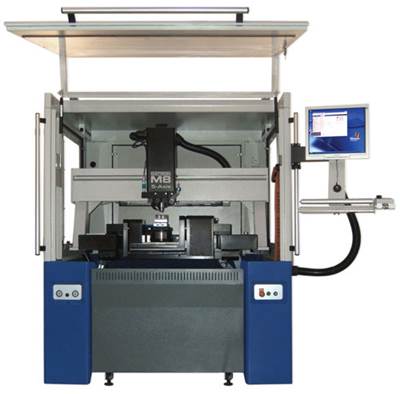As technology continues to advance at an unprecedented pace, industries across the globe are embracing automation as a means to enhance productivity and efficiency. One such industry is small-part manufacturing, where automated high-speed machining has gained significant traction. However, beneath the glossy surface lies a web of complexities and uncertainties that demand our attention.
An Elusive Promise
Proponents of automated high-speed machining tout its ability to revolutionize small-part manufacturing by drastically reducing production time and costs. The allure of increased precision and consistency seems irresistible on paper. Yet, upon closer inspection, we uncover a myriad of challenges that cast doubt on these lofty claims.
Firstly, while automation may expedite certain aspects of the manufacturing process, it also introduces new layers of complexity. Programming intricate algorithms and ensuring seamless integration between various components can be an arduous task requiring specialized expertise.
Secondly, there is an inherent risk associated with relying solely on machines for critical operations. Any malfunction or error could have severe consequences not only for product quality but also for workplace safety. The absence of human intervention leaves little room for adaptability or quick problem-solving when unforeseen circumstances arise.
A Delicate Balancing Act
In addition to technical challenges, manufacturers must grapple with striking a delicate balance between cost-effectiveness and maintaining skilled labor forces. While automation may reduce labor costs in the long run by minimizing human involvement in repetitive tasks, it simultaneously eliminates job opportunities for workers who possess valuable expertise in operating traditional machinery.
This raises ethical concerns regarding unemployment rates within local communities and exacerbates income inequality disparities already prevalent in many societies worldwide. Furthermore, reliance on automated systems necessitates continuous investment in training and re-skilling the workforce, adding an additional financial burden for manufacturers.
The Hidden Environmental Toll
While proponents of automated high-speed machining often highlight its potential environmental benefits, such claims must be scrutinized. The production and disposal of sophisticated machinery contribute to carbon emissions and waste accumulation. Additionally, the energy consumption required to power these machines on a large scale can have significant ecological consequences.
Moreover, automation may lead to overproduction due to increased efficiency, resulting in excess inventory that ultimately goes unused or becomes obsolete. This not only wastes valuable resources but also perpetuates a culture of consumerism that is detrimental to our planet’s sustainability.
A Call for Prudent Evaluation
In conclusion, the allure of automated high-speed machining in small-part manufacturing cannot be denied. However, it is imperative that we approach this technology with skepticism and conduct thorough evaluations before fully embracing it as a panacea for all manufacturing woes. We must carefully weigh the potential gains against the inherent risks and unintended consequences associated with automation.
By maintaining a critical eye towards technological advancements like automated high-speed machining, we can ensure that progress aligns with our broader societal goals while minimizing any adverse effects on labor forces, communities, and the environment at large.
